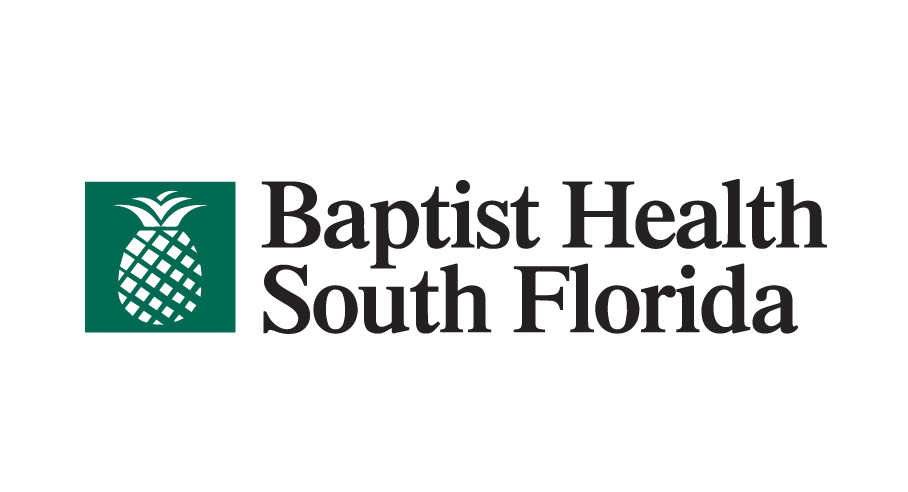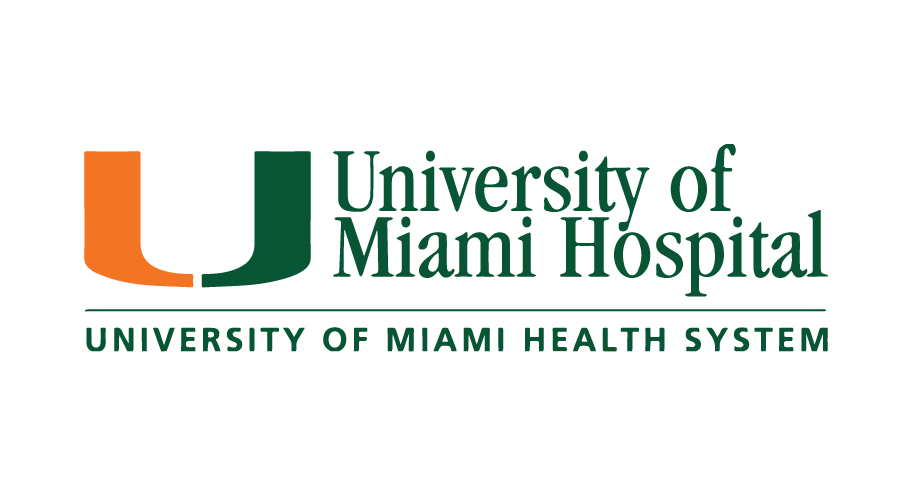South Florida no longer had the nation’s highest rate of people without health insurance in 2015, as it did before Obamacare became mandatory in 2014, but the metro area’s uninsured rate remained among the nation’s highest, according to data released this week by the U.S. Census Bureau.
The tricounty region had the third-highest rate of uninsured people — 15.9 percent — among metro areas with populations of 1 million or more, an analysis of 2015 estimates released as part of the American Community Survey revealed. That’s an improvement over 2013, when the region’s 24.8 percent uninsured rate was highest among the nation’s large metros.
That’s great news, said Karen Egozi, CEO of the Epilepsy Foundation of Florida, one of the state’s primary “navigator” organizations that help sign people up and teach them how to use health insurance. “I think we’ve done an amazing job so far in Miami-Dade and Broward, but obviously we’ve got a ways to go.”
South Florida’s large immigrant population likely contributes to the high uninsured rate because some don’t make enough money to qualify for tax-subsidized Affordable Care Act policies, Egozi said. Many are accustomed to going to emergency rooms or public health clinics when they get sick. “It’s not part of their culture to have health insurance,” she said.
A major challenge for navigators isn’t just getting people insured but teaching people how to use their insurance, Egozi said. “Some people don’t know how to make an appointment,” while others don’t know about routine and preventative services available with their policies at little or no cost.
Meanwhile, the number of uninsured Floridians declined by 1.19 million from 2013 to 2015. In South Florida, about 487,000 more people became insured over that time, the data shows.
In Miami-Dade County, the uninsured rate in 2015 was 18.3 percent (488,346 people).Broward County‘s rate was 14.5 percent (273,455 residents), and Palm Beach County‘s rate was 13.1 percent (184,557 people). Combined, they made up 37 percent of the 2.56 million uninsured Floridians.
The two large metro areas with higher uninsured rates than South Florida in 2015 were Houston, with 17.3 percent, and Dallas, at 16.3 percent. Like South Florida, both of those metros have a large number of Hispanic immigrants.
In 2014, all eligible Americans were required by the Affordable Care Act to be enrolled in health insurance or face tax penalties.
Ray Paultre, Florida director for the nonprofit Enroll America, credited the decline in Florida’s uninsured rate to enrollment outreach efforts, particularly federally funded navigators like those employed by the Epilepsy Foundation who provided face-to-face guidance to people who have never had health insurance. Paultre said the navigators were “invaluable.”
Over 500,000 additional Floridians would have insurance if the state had expanded its Medicaid programs to cover people too poor to enroll in Obamacare, he said.
He acknowledged more work must be done this fall and winter to enroll young adults in Florida. Several major insurers have pulled out of the ACA marketplace over the past two years, citing in part higher-than-expected health care usage by older enrollees and lower-than-projected enrollment by healthy young people who were counted on to offset treatment costs.
In South Florida, 26 percent of males ages 18 to 24 were uninsured, compared with 17 percent overall in the United States. Among females of the same age, 23 percent were uninsured in South Florida, compared with 13 percent nationwide, the census data shows.
Paultre said more outreach must take place at colleges and in service industry businesses to reach young adults who are not having children and thus not thinking about the need for health care.
“Outreach to young Americans has to be specific and it has to be deliberate,” he said. Convincing them of the need to get health care often requires “a longer conversation, and I think you are seeing that conversation turn around.”
Egozi said college students might think they have full coverage if access to a university clinic is included with their tuition. “But then something serious happens that requires a visit to the hospital and they find out differently,” she said.
rhurtibise@sunsentinel.com, 954-356-4071




































Post a comment